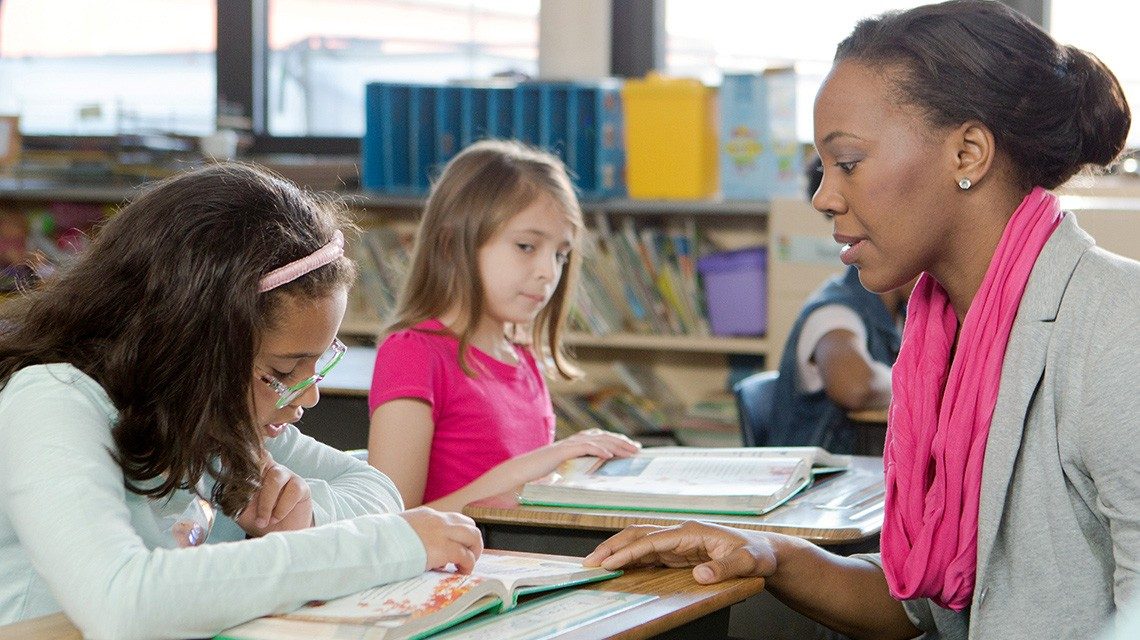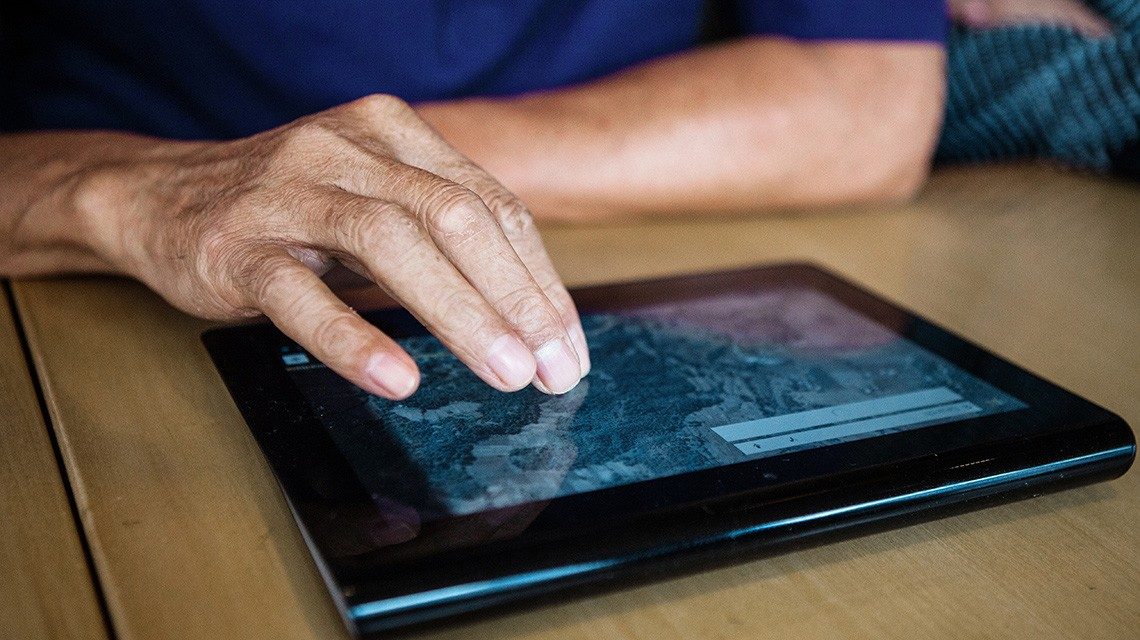New skills boost for UK life sciences sector
First MedTech qualifications built by regional skills experts to address employer need
Welcome to Pearson’s news and policy hub.
Here, you'll find information about Pearson's thinking, research and activity on education and the future of learning and skills.
Explore our news posts and cutting-edge research published by Pearson.




The Curriculum and Assessment Review is a milestone for education and skills in the UK – and it’s just the start. As we turn recommendations into further action, we’ll keep working with students, teachers, partners and sector experts to drive manageable and truly impactful change.

We’ve just released the fourth edition of the Pearson School Report. Over 14,000 voices, including teachers, learners, colleges, tutors and home educators, joined the conversation.

Post-16 education is evolving—and we’re here to help educational institutions navigate proposed changes. Our full response to the Government's Skills White Paper outlines how we’ll support learners, educators and employers and champion lifelong learning.
Browse through all the latest news and policy updates.
First MedTech qualifications built by regional skills experts to address employer need
At Pearson we are committed to understanding the efficacy of our qualifications and continuously improving and updating them to support the best outcomes for students.
Today's report represents an important step towards preparing young people for successful and fulfilling futures.